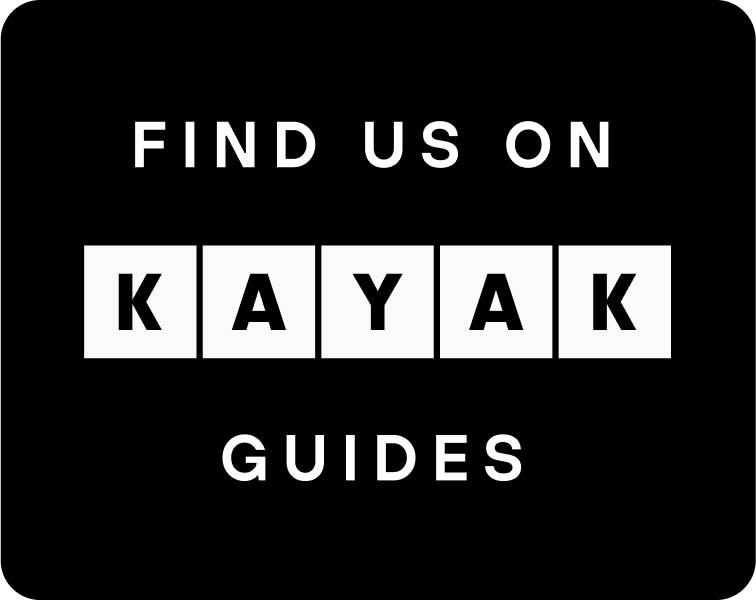New ways of teaching: Alternative teaching methods.
Disruptive Education: Alternative Methods of Teaching History in Spain
The teaching of history in Spain is undergoing a period of transformation. For decades, the predominant method was the traditional approach: lectures, textbooks, and written exams. However, in recent years, new approaches have emerged. new ways of teaching that seek to more actively involve students and promote more meaningful and lasting learning.
In this context, so-called disruptive education proposes breaking with traditional patterns, incorporating innovative tools, emerging technologies, and participatory methodologies. In this article, we explore how These new ways of teaching are impacting the way history is taught in primary and secondary schools in Spain.
From Books to Environment: Learning History Beyond the Classroom
One of the most significant changes is the departure from the classroom as a dedicated learning space. More and more educational centers in Spain are incorporating educational outings, museum visits, and urban tours to bring historical knowledge closer to students' real-life surroundings. These experiences contextualize curriculum content, spark curiosity, and reinforce experiential learning.
In addition, initiatives such as outdoor classrooms and the use of urban environment as an educational resource are gaining ground, especially in cities with a strong historical heritage such as Barcelona, Valencia, Seville or Madrid.
Project-Based Learning (PBL): Meaningful History
He Project-Based Learning This is another strategy widely adopted in Spanish schools. In this approach, students investigate a historical topic through activities that integrate different areas of knowledge, thus promoting interdisciplinary learning. For example, a project on the Spanish Civil War might include analysis of primary sources, interviews with witnesses, historical maps, and role-playing.
This methodology encourages critical thinking, collaborative work, and student autonomy. It also develops key skills such as communication, time management, and problem-solving.
Gamification and digital tools
Technology has also transformed the teaching of history. Tools such as Kahoot, Genially, Time.Graphics either Google Earth They allow you to create interactive timelines, dynamic historical maps, and quiz games that make history classes more engaging.
In addition, platforms such as Histoclip, Timeline JS or even video games like Assassin's Creed Discovery Tour They are used as resources to delve deeper into historical periods in a playful way.
The augmented reality (AR) and the virtual reality (VR) They are also beginning to be implemented in educational centers so that students can “visit” ancient civilizations or explore virtual reconstructions of historical monuments.

Emotional learning and connection with the present
Another characteristic of disruptive education is its emotional focus. History is not presented merely as a chronology of events, but as a human narrative that allows us to reflect on the present. Methodologies such as storytelling or the role playing They allow students to empathize with historical figures, analyze ethical dilemmas, and understand the consequences of certain events.
In addition, there is a growing interest in work on historical memory and human rights in the classroom, promoting a critical and pluralistic view of the narratives of the past. In this regard, the Spanish curriculum includes specific units on Francoism, the democratic transition, and exile, among others.
The importance of local heritage
Many schools are rediscovering the value of local heritage as an educational resource. Analyzing the history of the neighborhood, the evolution of the urban landscape, or changes in architecture allows students to better understand their surroundings and develop a sense of identity and belonging.
In cities like Sabadell, Sant Cugat, and Badalona, projects are being promoted that connect history content with the industrial, agricultural, and commercial past of each region, thus enriching the official curriculum with local and tangible elements.
Conclusion: A more lively, critical and participatory history
Spain is moving toward a history teaching approach that is more connected to the real world, where students cease to be spectators and become protagonists of their own learning. Disruptive methodologies not only improve academic performance but also foster active, critical, and conscious citizenship.
Rethinking how we teach history is not a fad, but a necessity. And in this change, both teachers and schools play a key role in building an education that inspires, challenges, and transforms.
Get to know our tours for schools










